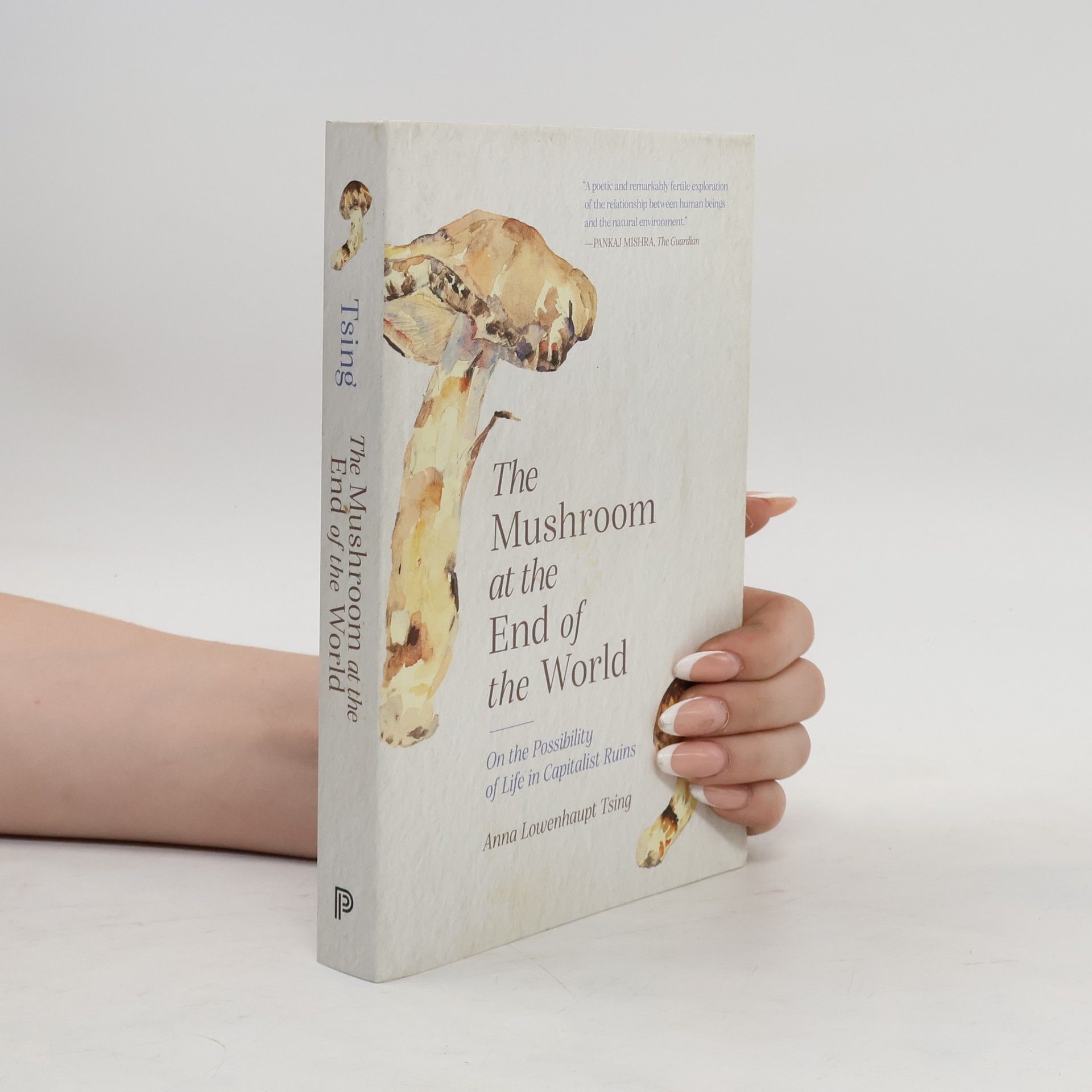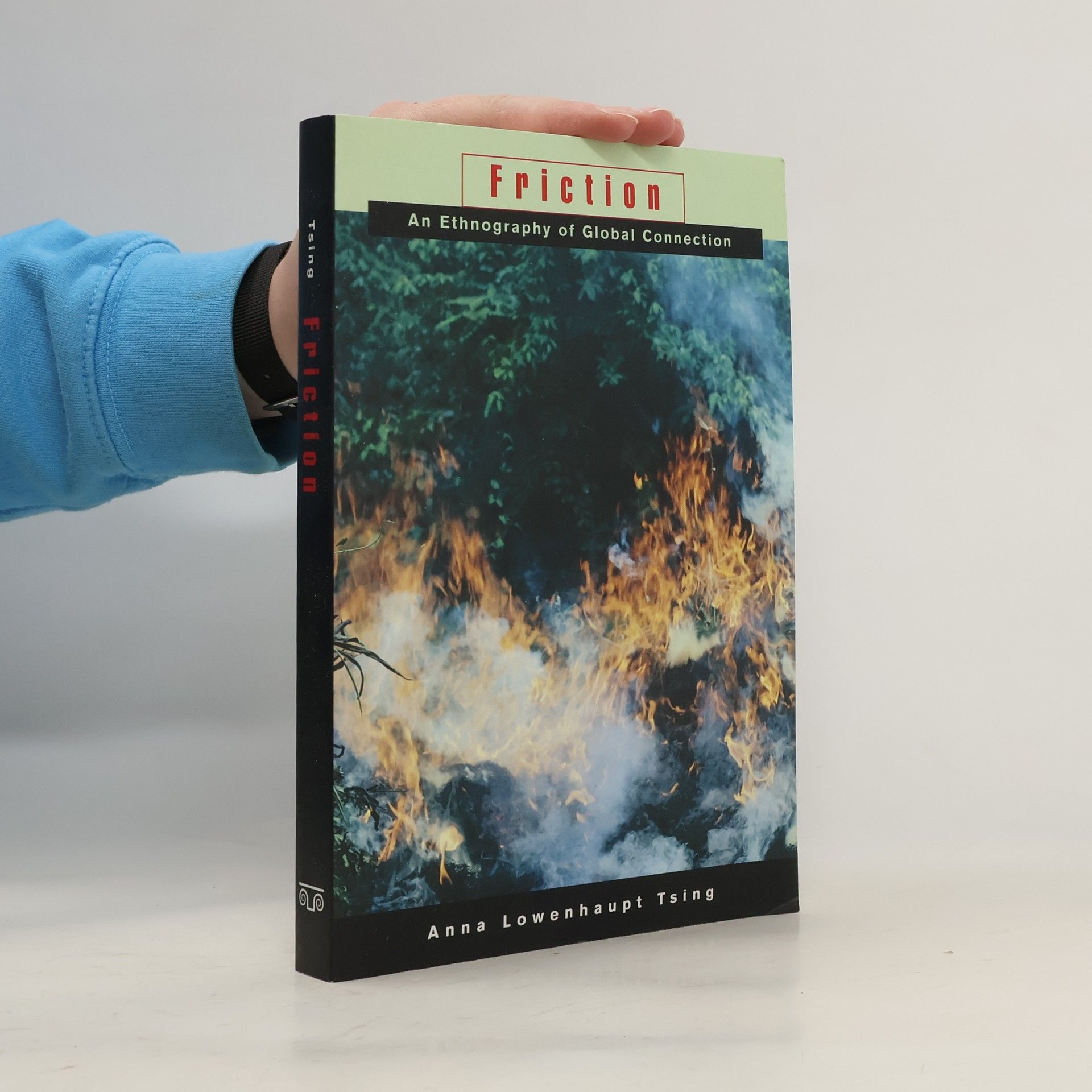Der Pilz am Ende der Welt
Über das Leben in den Ruinen des Kapitalismus
Das erste neue Leben, das sich nach der nuklearen Katastrophe in Hiroshima wieder regte, war ein Pilz. Ein Matsutake, der auf den verseuchten Trümmern der Stadt wuchs – einer der wertvollsten Speisepilze Asiens, der nicht nur in Japan, wo er Spitzenpreise aufruft, vorkommt, sondern auf der gesamten Nordhalbkugel verbreitet ist. Dieser stark riechende Pilz wächst bevorzugt auf von der Industrialisierung verwüsten und ruinierten Böden und ist nicht kultivierbar. In ihrem faszinierenden kaleidoskopischen Essay geht die Anthropologin Anna Lowenhaupt-Tsing den Spuren dieses Pilzes sowie seiner biologischen und kulturellen Verbreitung nach und begibt sich damit auch auf die Suche nach den Möglichkeiten von Leben in einer vom Menschen zerstörten Umwelt. Sie erzählt Geschichten von Pilzsammlern, Wissenschaftlern und Matsutake-Händlern und öffnet einen neuen und ungewohnten Blick auf unsere kapitalistische Gegenwart. Denn eigentlicher Gegenstand ihrer preisgekrönten und in viele Sprachen übersetzten Erzählung ist die Ökologie des Matsutake, das Beziehungsgeflecht um den Pilz herum, als pars pro toto des Lebens auf den Ruinen des Kapitalismus, das ein Leben in Beziehungen sein – oder aber nicht sein wird.




